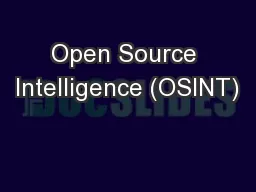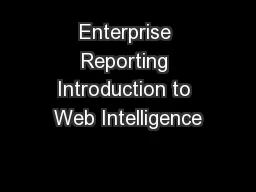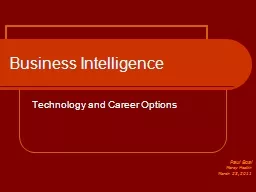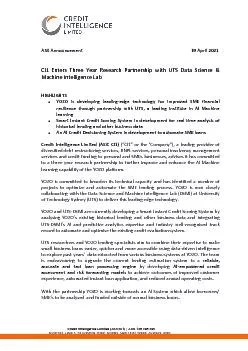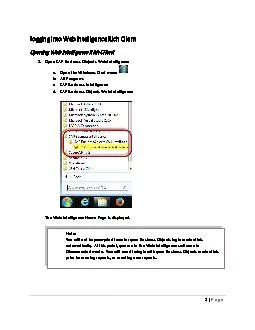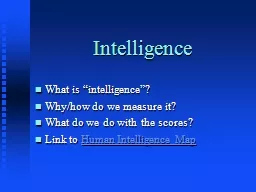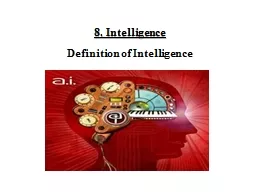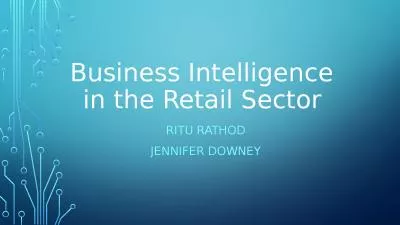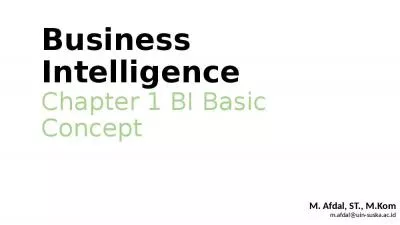PPT-Introduction to Business Intelligence (BI)
Author : maisie | Published Date : 2023-07-08
Unit1 By Prof KV PAVAN KUMAR Methodist College of Engg amp Tech Abids Hyd 1 Business Intelligence Definition The term Business Intelligence BI refers to
Presentation Embed Code
Download Presentation
Download Presentation The PPT/PDF document "Introduction to Business Intelligence (B..." is the property of its rightful owner. Permission is granted to download and print the materials on this website for personal, non-commercial use only, and to display it on your personal computer provided you do not modify the materials and that you retain all copyright notices contained in the materials. By downloading content from our website, you accept the terms of this agreement.
Introduction to Business Intelligence (BI): Transcript
Download Rules Of Document
"Introduction to Business Intelligence (BI)"The content belongs to its owner. You may download and print it for personal use, without modification, and keep all copyright notices. By downloading, you agree to these terms.
Related Documents




